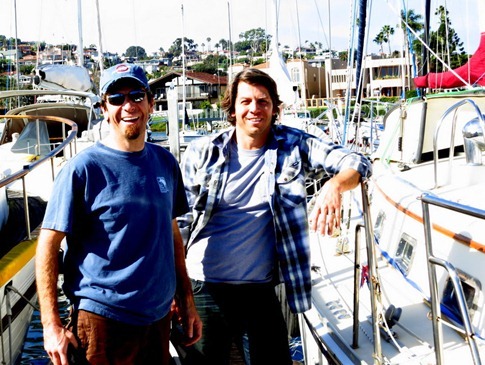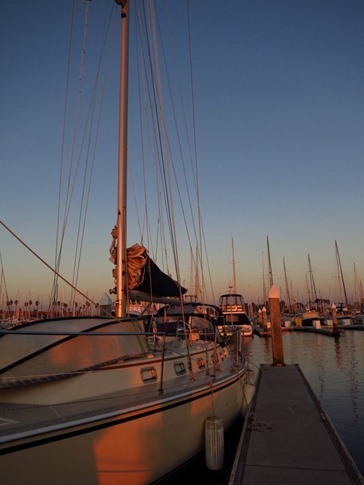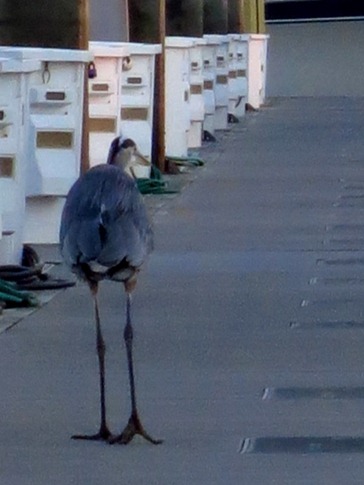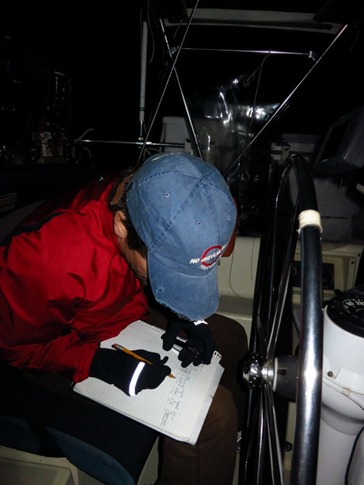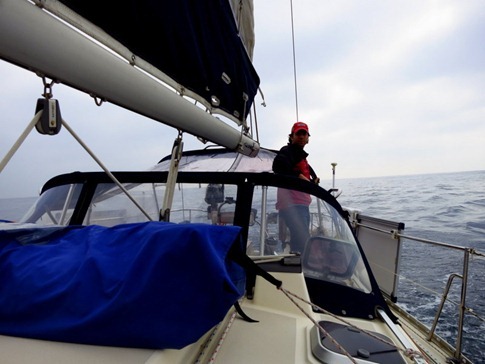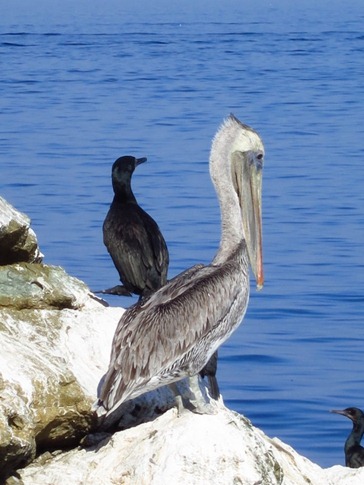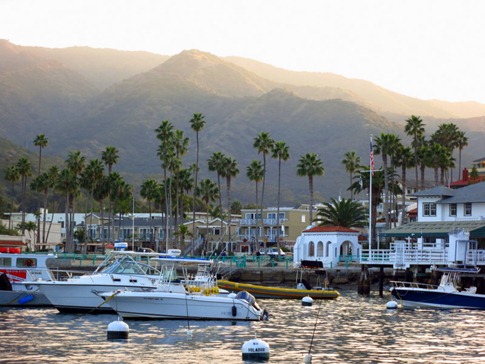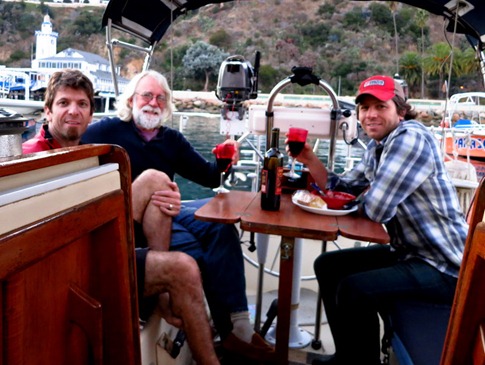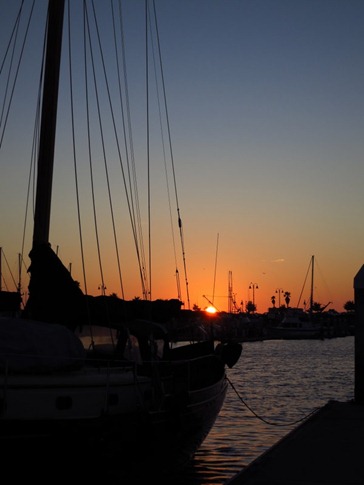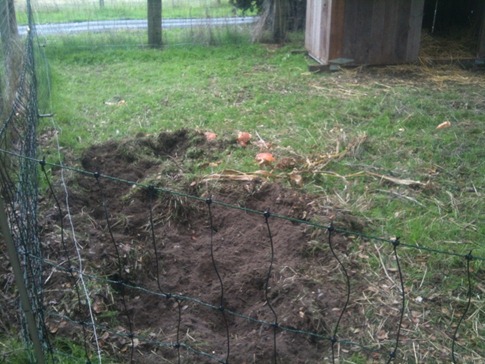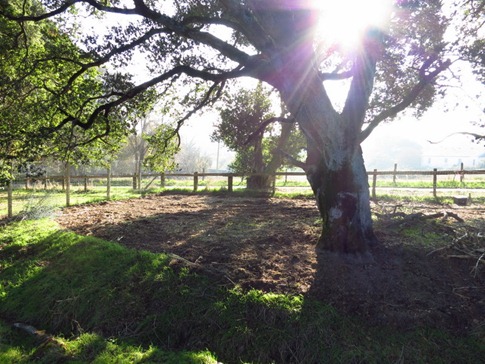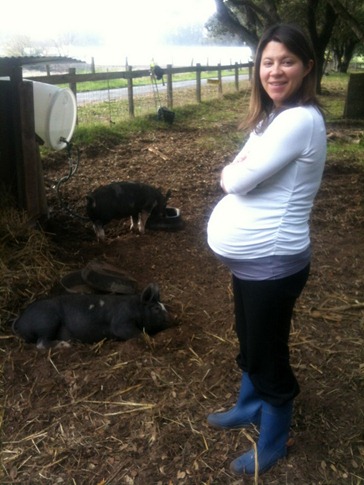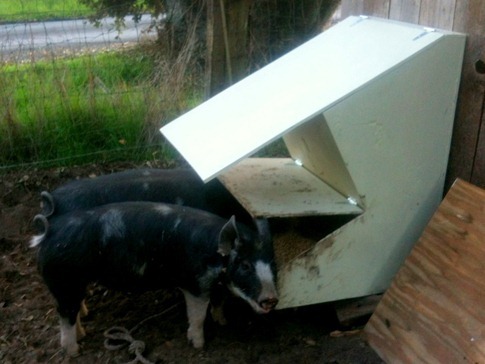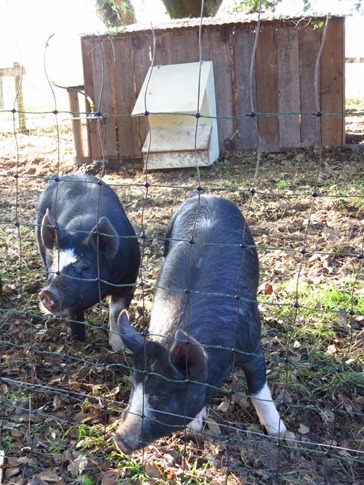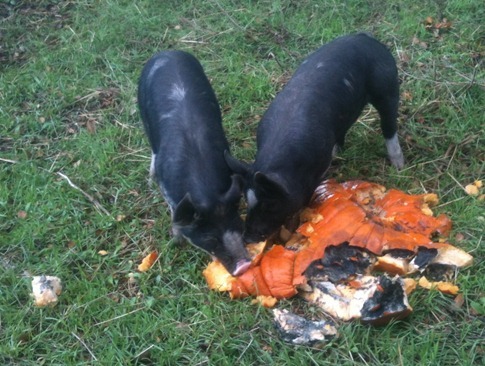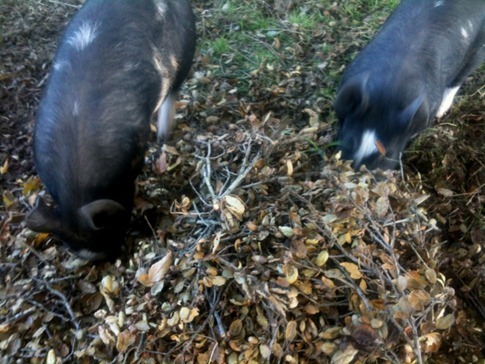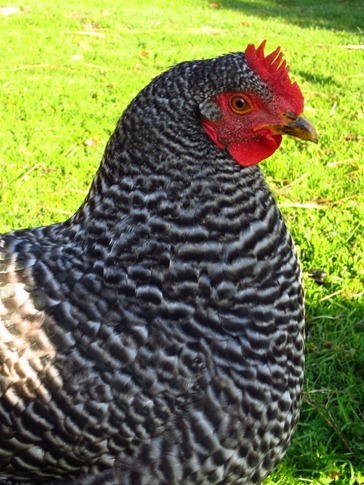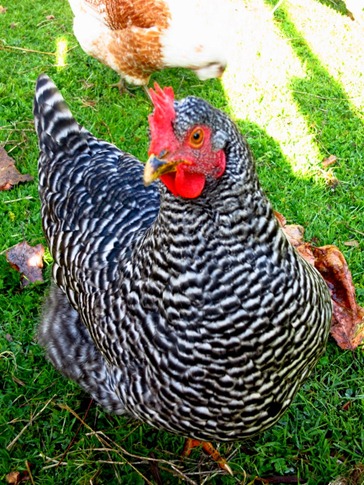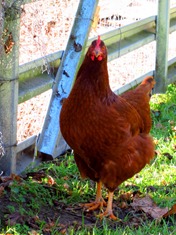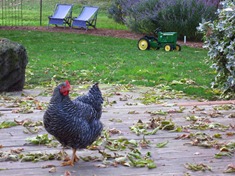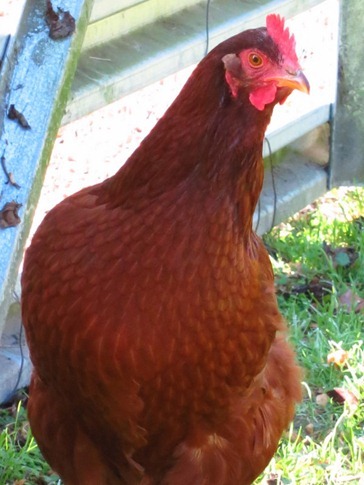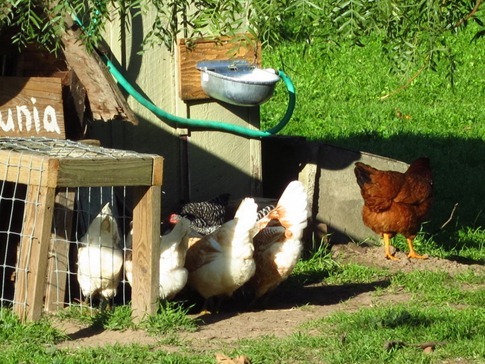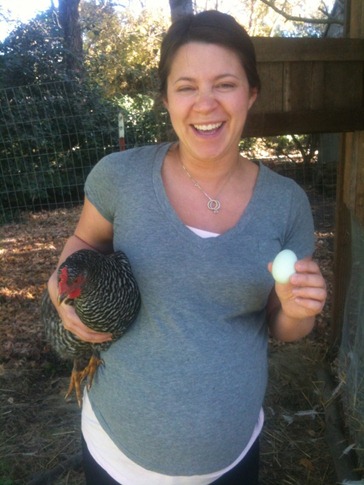I didn’t mention in the last post that I got a chance to do a fun trip in November, possibly a last adventure for a little while until we get resettled post-baby. Over the Summer, a friend (one Ann and I had visited near Sayulita on our drive down the coast of Mexico about a year before) needed to move his 40’ sailboat from Puerto Vallarta up to San Francisco so it could be sold and was soliciting willing crew members. He had all the sailing knowledge and experience. He just needed responsible eyes to keep watch during what can be a grueling upwind voyage that those in-the-know call “The Baja Bash.”
When my brother Mike somehow managed to get the time off and volunteered, I jumped on as well. We flew down on a Friday afternoon to meet our friend Michael in San Diego for the final leg of the trip up to San Francisco. Just as the sun was setting, the our crew of three slipped past the submarine base, out of San Diego Harbor and took a right. Unfortunately for Michael plans, weather conditions were not conducive to us braving the notoriously strong winds and currents around Pt. Conception just north of Santa Barbara anytime in the next three days, the amount of time we each had taken off, so for the time being, we targeted the more reasonable (and exotic sounding to me!) destination of Catalina.
Using the GPS on the boat was a little different than using one to navigating the tangled city streets and barren dirt roads of Mexico and Central America in our truck. Though there are some channels and obstacles to be aware of (more on this in a sec), you can basically set an end point and speed into the autopilot and kick your feet up. Of course, this system promptly lost power in the first hour, leaving us to consider how seafaring vessels of yore might have plotted their courses. For a second at least until Mike and I opted to view our position through Google Earth on his iPad while Michael performed the kind of underway MacGyverism that is required by sailors.
Having first been inspired to set out on a grand trip after reading Bumfuzzle, the blog of a Midwestern couple who bought a catamaran and sailed around the world with no experience, I was quite familiar with this type of repair as performed by Bum husband Pat Schulte. Note, that the Schulte’s later drove the Pan American Highway and all around Europe in a 1950’s VW van, and as I write this are setting off from Mexico in a monohull sailboat with two kids under two years old. The blog and their book are addictive reads.
Captain Michael quickly assigned two hour watch shifts and briefed us on using the radar before going below deck to start cooking up the last of the Dorado (called Mahi Mahi in Hawaii) that they’d caught on the southern leg of the trip. By my second shift (2 to 4 am), I felt comfortable enough to scan the horizon for lights and then settle in to read my Kindle by headlamp for 5 minutes before looking up for another scan. At our 6 knot speed, I figured we weren’t exactly going to run anything over. But about halfway through my watch, I saw a huge amount of light pollution coming over the horizon and weirder still, it was coming from the left side of the bow. Lights of that scale could only be coming from a city or something – maybe Long Beach - but heading north as we were, they should have been on our right. I checked the radar and saw a huge blip to the left of the bow about 12 nautical miles out. Oh well, at our speed, it would take us two hours to get to it, and by that time, it would be the next watch’s problem. I briefed Mike when he relived me and stumbled nearly comatose down the hatchway to my bunk. The next morning, I awoke to hear that we’d passed within 3 miles of an aircraft carrier on our left side!
For rookie sailors like Mike and me, the trip couldn’t have been much better. Instead of the planned 72 hour upwind bash, we made a 9 hour passage to Catalina where we spent a lazy day exploring and had a great dinner bobbing in the anchorage. The next morning, we spent a beautiful 12 hours motoring north to Ventura where Michael had resourcefully arranged for a yacht broker to list and show the boat, and we could rent a car to at least arrive home over the Golden Gate Bridge if not under it as we had planned.
Since the last post on the farm, the new pigs have been busy rooting up the soft earth in their assigned 40’x40’ plot. They drop their snouts to the ground, and aligning their body weight and strong legs behind them, dive into the soil like a submarine sinking below the surface. Sometimes they settle into their new divot for a nap in the sun and other times, they move on to the new row to plow.
By the end of four weeks, they had turned over every inch in their enclosure. I set up a new paddock for them on the next fresh plot of ground over, both so they’d have some more forage and to minimize their impact on the land. They wasted no time starting to sculpt it to meet their tilled sensibilities. I’d considered setting aside a small field to plant some corn and pumpkins for next fall, and I immediately knew that setting up paddock for them there would condition the soil perfectly before planting. Joel Salatin calls the process “pigeration.”
Remember our “unboxing video” and the pigs running around in the green grass from the last post? Here’s the same paddock after four weeks. Note the neatly edged grass where the fence ended.
I wouldn’t say they were “destructive,” just thorough. They concentrated all their poo in one spot, usually right where I would absentmindedly step only to suddenly feel like I was walking on Jello and necessitating a thorough cleaning with the power nozzle on the hose by the barn, and well away from there, slept together head-to-tail in a Ying Yang-shaped depression they’d rooted out for that purpose.
The Storey's Guide to Raising Pigs had a chart estimating how many pounds of feed the pigs would eat, roughly 4.5% of their body weight at a given time. The easiest way for me to think about it was that our two pigs would eat about 10% of what either one weighs. At 75 pounds each, together they’d eat 7.5 pounds meaning that a 50 lb sack of feed would last just under a week. After a few weeks of walking out with a bucket of feed every morning, sometimes tossing over an extra treat like the corn stalks from the Fall garden or the decommissioned jackolanterns, I decided to cobble a gravity feeder together based on some pictures and drawings I found online. It took the pigs about two seconds to figure out how to lift the lower flap with their noses and stick their heads into the trough which was constantly refilled by the two bags of feed poured into the top. See ya in two weeks, boys. Storey’s guide also points out that while limiting their food intake to 90% of their appetite might seem to cut down on feed costs, the extra time they would have to spend growing to market weight would likely negate the benefit, so we opted for the convenience of the self-feeding approach.
Also note below to the left of the feeder a much improved fitting for two water nipples that I pieced together with galvanized pipe. I spaced them far enough apart that they could both get water at the same time and securely braced it to the (apparently-useless-since-they-sleep-in-a-hole) shelter. I now link three long hoses I have on rolling carts to reach the 55 gallon barrel from the spigot in the garden. That seems to last them about two weeks.
Pumpkins and a treat of a branch full of acorns which they seemed to scan over like vacuums extracting each nut from the mess of leaves.
Meanwhile, we’ve been trying to figure out just when our chickens would start laying eggs. Though the prevailing wisdom seems to be that chickens will start laying between four and six months of age, our nine birds span from five to eight months and, except for a momentary confusion each morning when we open the egg door and see the golf ball we placed in the nesting box as “encouragement,” have given us nothing. Our friend, Finn, a committed (as in “should be”) poultr-i-phile, suggested we lock them in the coop for a few days to eliminate the possibility they were laying somewhere else and we just couldn’t find the eggs.
The first morning I walked out to check on the pigs, I couldn’t even look at the chickens. I could tell they’d all heard me coming and were lined up at the door for their morning release and cracked-corn sprinkle, but it never came. I really felt terrible and had to remind myself that most other chickens don’t get to free-range on four acres and would be quite happy with the run that ours have. Still, each confused cluck sounded like a “Cluck you” to me. Somehow, I managed to get through four days of guilt and when no eggs were found, figured the short days of winter had postponed their light-stimulated maturity, and we’d have to wait for Spring.
Needless to say, they were excited to go back out on their first day of freedom and resumed their rounds, pecking and scratching the far corners of the fence line and roosting in a fallen Cypress. But around 4 pm, I started hearing a lot of squawks from the pasture. I looked out to see everyone milling around the coop as they might on any afternoon. Half hour later, more squawks and two chickens on top of the corrugated metal roof of the coop, somewhere I’d never seen them before. Then I noticed one on the pasture gate and one on the fence. They seemed to be in a panic, trying to find a position on the highest things they could reach in the pasture. They were frantic! When I walked out for a closer look, I saw that the small chicken-size coop door I use to let them out had blown closed. Despite having been locked up for four days (and calling me all those terrible names in their little chicken heads), the prospect of not getting back into the coop to be locked up for the night was terrifying to them!
When you have a fight with your wife, you get her flowers. When you want to show your chickens you still care, you build them this (based on the excellent design and article here)…
The girls really seemed to appreciate being able to saunter out at the crack of dawn and are always sure to be inside at least a half hour before sunset (although the timer on the door gives them an extra half an hour). An added bonus is that eat less feed and poo less in the coop. We’ll admit to sitting on the couch and counting all 9 chickens on their roosts via the wireless web cam I put out there. Great little devices for $89 including night vision and the ability to rotate and tilt so we can make sure the door closed correctly. I would strongly recommend the Foscam over the imposters and recommend ordering direct to make sure you get the latest version. And yes, I have one installed as a baby monitor as well using a cool app for the iPhone.
And later that week, on the official shortest day of the year, we hit the jackpot. Well, one small blue egg, but we were pretty excited!
(yes, chicken dorks, we do know that the blue egg was laid by one of the Ameracaunas not the Barred Rock Ann is holding in the picture above)

